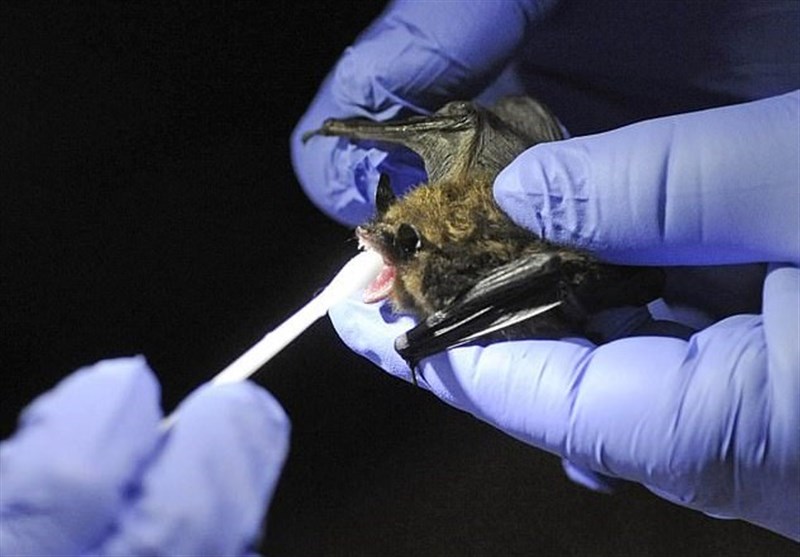Six New Coronviruses Found in Different Species of Bats
TEHRAN (Tasnim) – Scientists have discovered six new coronavirus types in bats that are said to be in the same family as the SARS-CoV2 that causes COVID-19.
The viruses are not closely related genetically to the current outbreak.
The team notes that additional studies will be necessary to determine if the newfound coronaviruses have 'the potential for transmission across species to better understand the risks to human health', the Daily Mail reported.
The latest researches were conducted by the Smithsonian's Global Health Program, which they hope will help experts 'understand the diversity of coronaviruses in bats and inform global efforts to detect, prevent and respond to infectious diseases that may threaten public health, particularly in light of the ongoing COVID-19 pandemic.'
Marc Valitutto, former wildlife veterinarian with the Smithsonian's Global Health Program and lead author of the study, said in a statement: 'Viral pandemics remind us how closely human health is connected to the health of wildlife and the environment.'
'Worldwide, humans are interacting with wildlife with increasing frequency, so the more we understand about these viruses in animals—what allows them to mutate and how they spread to other species—the better we can reduce their pandemic potential.'
The team gathered saliva and fecal samples from 11 different species of bats in parts of Myanmar, a country in Southeast Asia that borders Bangladesh and India.
Altogether there were more than 750 samples gathered from May 2016 through August 2018.
The samples were then tested and compared to other known coronaviruses, which resulted in six new ones.
One was also found in other parts of Southeast Asia, but never before seen in Myanmar.
According to LiveScience, the six coronaviruses were given new names: PREDICT-CoV-90 (found in the Asiatic yellow house bat), PREDICT-CoV-47 and PREDICT-CoV-82 (found in the wrinkle-lipped free-tailed bat) and PREDICT-CoV-92, -93 and -96, which were found in the leaf-nosed bat.
Suzan Murray, director of the Smithsonian's Global Health Program and co-author of the study, said: 'Many coronaviruses may not pose a risk to people, but when we identify these diseases early on in animals, at the source, we have a valuable opportunity to investigate the potential threat.'
'Vigilant surveillance, research and education are the best tools we have to prevent pandemics before they occur.'
COVID-19 first made headlines in Wuhan, China December 2019 and has since infected nearly every country in the world.
As of Tuesday, there are more than 1.9 million confirmed cases and the death toll has surpassed 119,000.
However, the US has been hit the hardest by COVID-19 with more than 588,000 cases and over 23,000 deaths.






